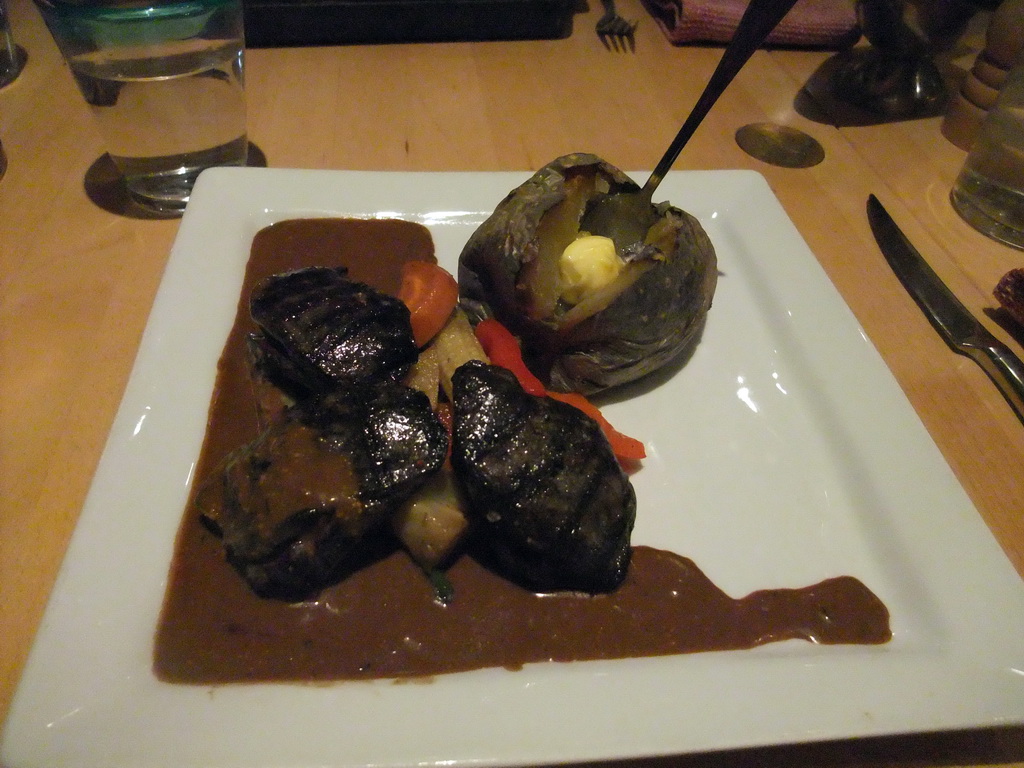

Jennifer Boyer (CC)īecause the puffin colony is quite remote, you need to cross 6km of marshy swamplands and sands, and be prepared for a hike. Ingólfshöfði Capeįurther along the south coast from Dyrhólaey, the Ingólfshöfði Cape and Nature Reserve is also a popular puffin nesting site in summer, as well as being home to an impressive array of other birds including guillemots, razorbills, fulmars and kittiwakes.
PUFFIN MEAT FULL
From May to September, the cliffs around this dramatic sea arch are full of lively puffins, with their distinctive white chests, black backs and orange legs. One of the most easily accessible places to see the puffins from the land is the Dyrhólaey Rock Arch on Iceland’s south coast, less than three hours’ drive from Reykjavik. Waterproofs and binoculars are included! Dyrhólaey Rock Arch Dyrhólaey Rock Arch / Raymond Ling (CC) The islands are part of a nature reserve so you can’t land on them, but the hour-long boat trip gets close enough for you to get good views of the birds. If you’re short on time, the quickest way to see a teeming puffin colony is to take a boat trip from the Old Harbour in Reykjavík out to the islands of Akurey or Lundey. Often the easiest way is to take a boat trip, which can get you some of the most inaccessible nesting sites in a short time – and you may even see some whales and/or dolphins on the way! Akurey island So where are the best places to see puffins in Iceland? Since puffins tend to nest in remote isolated spots, seeing them from the land can involve a long drive and an arduous trek to reach the colony. And if you’re really lucky, you may even get to see the fluffy baby pufflings – yes, they really are called pufflings! – as they begin to fledge. This takes around four months, so the season for seeing puffins in Iceland runs from June to September. They then lay their eggs, incubate them, and remain in their colonies until the babies hatch and fledge. The earliest you can see puffins in Iceland is around June when they start to nest. Puffins roost out at sea, so you can only see them when they come back to land to breed and dig their burrows. mirluc (CC)Īnd because puffins nest in colonies, and return to breed in the colonies where they born, you can see up to tens of thousands of birds in the same place – an awesome sight. Sixty percent of the world’s population of puffins nest and breed in Iceland, which is more than six million birds. Iceland is a hotspot for Atlantic puffins, the only species of puffin native to Europe. So, what time of year can you see puffins in Iceland and where is the best place to see them? Read on to find out all the lowdown on where and when to see puffins in Iceland. The good news is that Iceland is home to the world’s largest colony of Atlantic puffins, and there are several places where you can see these appealing birds from both the land and from the sea on boat trips. Known as “the clowns of the sea”, the sociable creatures we call puffins are increasingly rare and tend to nest on high cliff tops in remote spots. With their cheeky personalities, wobbly walk and brightly coloured bills, puffins are a particularly endearing bird – and seeing them in the wild can be a real highlight of a trip to Iceland.

This time, it's Iceland's responsibility to help stem the extinction of an animal species loved the world over.Where and when to see puffins in Iceland by Amanda Tomlin It's all too familiar a story for Atlantic puffins, which were virtually exterminated by hunters in Maine by the turn of the twentieth century, before Steve Kress led a restoration program to right the wrongs humans had inflicted on the species.

Unless current trends are reversed, both traditions will be in jeopardy. The wayward birds are then taken to the local aquarium, where they are measured and tagged, before being guided back to the water. On the island of Heimaey, children go on "Puffling Patrol", to help puffin chicks who fly into town after being disoriented by the island's lights. Meanwhile, off the southern coast of Iceland, a more constructive ritual involving the Atlantic puffin takes place. The country's traditions and the financial incentive of selling puffin meat to restaurants motivate the hunts. Yet in Iceland, which outwardly celebrates the species as a national icon, hunters continue to kill hundreds of thousands of puffins annually with little oversight. Warming waters, overfishing and pollution have all played a factor in the lovable animal receiving a Vulnerable status by the International Union for Conservation of Nature and Natural Resources. The global population of the Atlantic puffin is in decline.


 0 kommentar(er)
0 kommentar(er)
